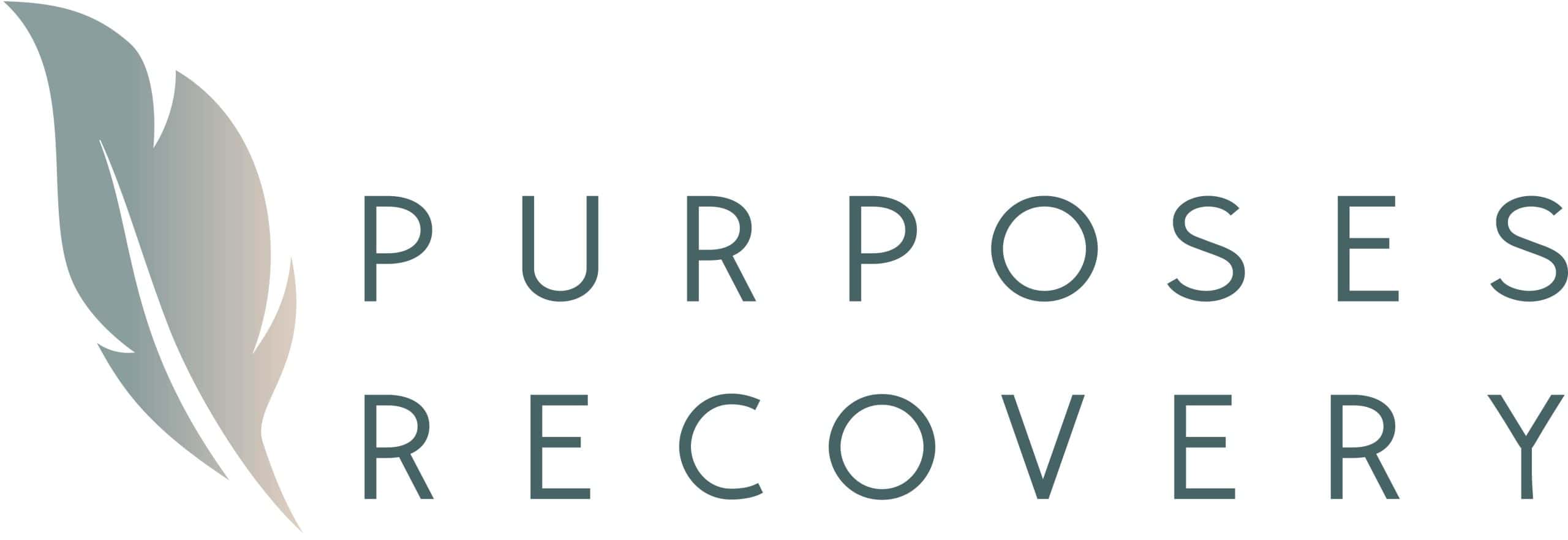Doctors publish new findings every day, and new findings often challenge well-established diagnoses like post-traumatic stress disorder (PTSD). The ICD-11 (or International Classification of Diseases), published by the World Health Organization in 2018, distinguished between “regular” PTSD and “complex” PTSD, or CPTSD.
What Makes CPTSD Different?
A doctor can diagnose a patient with CPTSD or PTSD, but not both. CPTSD patients express all the typical symptoms of PTSD but also struggle to regulate their emotions and cope with cripplingly low self-esteem. The source of their trauma also matters—CPTSD patients suffer from prolonged and terrible experiences for months or years.
Extended Trauma
CPTSD trauma repeats over weeks, months, or years. Some examples include:
- Torture
- Concentration camps
- Slavery and trafficking
- War and refugee status
- Sustained sexual or physical abuse
These incidents are difficult to escape and are associated with the actions of other human beings. Public “single-incident” events like natural disasters are public and open. The people who experience these events have access to an immediate support network and community acceptance. Other singular-incident traumas are single-occurrence events with little to no likelihood of a repeat occurrence.
Unique Psychological Issues
Rumination about the incident and the expectation of a repeat performance cause the long-term psychological damage patients with CPTSD exhibit. They include extreme emotion (or lack thereof), prohibitive self-esteem issues, and difficulty forming healthy relationships. When combined, diagnostic guidelines refer to these symptoms as “disturbances in self-organization (DSO).”
Emotional Regulation
Patients with CPTSD experience two forms of “affective dysregulation.” People who suffer from affective dysregulation experience “hyperactivation” or “hypoactivation.” Some patients dramatically overreact to painful situations and feel emotions they cannot control. They also become irritable or angry easily.
This experience is called “hyperactivation,” and it accompanies anxiety, depression, and bipolar disorders.
Some people with CPTSD have the opposite experience and underreact to dangerous situations. This is known as hypoactivation. Hypoactivation can appear alone or co-occur with hyperactivation to create intense mood shifts that impair the patient’s ability to interact with others.
Extreme Self-Esteem Issues
Depression and self-hatred also appear in CPTSD patients but are not included in the clinical diagnoses of single-incident PTSD. Depression causes feelings of hopelessness and emptiness, changes in appetite and energy, and other symptoms. Patients may discount their value to others and assume they are worthless.
Relationship Difficulties
CPTSD patients withdraw from others. They struggle to trust and have difficulty forming lasting relationships. They feel detached, unwilling, or unable to reach out and connect with others.
Similarities to PTSD
A patient diagnosed with CPTSD must meet every “diagnostic requirement” for post-traumatic stress disorder. Essentially, CPTSD is PTSD with additional co-morbid diagnoses, thus creating its own classification.
Anyone who wants to understand CPTSD must also understand PTSD.
Defining Post-Traumatic Stress Disorders
PTSD diagnoses require a traumatic event followed by symptoms. These symptoms force the patient’s mind back to the traumatic event or change their behaviors to prevent another incident.
Flashbacks
Vivid flashbacks cause patients to relive their trauma. One or more sensory experiences like smell, sound, and pain seem real to the patient, even though they exist only in their imaginations. Emotions run wild, and the patient experiences feelings and thoughts identical to how they felt during the traumatic event.
Some people even see their trauma play out in front of them, replicated by their brains in perfect detail.
Flashbacks also manifest as nightmares.
Social Anxiety and Detachment
Some PTSD patients feel unwarranted suspicion and withdraw socially. They may feel isolated from others without similar experiences or shame for their actions and reactions.
Triggered Distress
Sensory or cognitive stimuli such as smells, locations, people, thoughts, or places that remind the patient of the traumatic event activate a flight or fight response. This natural defense mechanism causes patients to flee or try to flee from situations they associate with trauma. With nothing to run from, the patient endures extreme stress with no outlet.
Co-Occurring Disorders
Anxiety symptoms like panic and obsessive compulsions often accompany PTSD. Depression symptoms like hopelessness and suicidal ideation are also common. Trauma patients also struggle to get enough sleep and concentrate while awake.
Dissociation
Especially common in CPTSD, this symptom includes gaps in memory called dissociative amnesia and “pseudohallucinations.” The patient may hear their thoughts as voices in their head.
Rumination
A patient who ruminates cycles through the same thoughts over and over again. This is often associated with their trauma, for hours at a time.
Drug and Alcohol Abuse
Trauma causes chemical imbalances in the brain. Drugs and alcohol can provide a false sense of comfort for these imbalances, but these substances endanger the patient. Doing drugs and drinking alcohol are common coping mechanisms that lead to addiction. Addiction and CPTSD consist of many co-occurring disorders, which lead to further deterioration if not treated.
CPTSD Treatments
While most CPTSD patients experience symptoms for the rest of their lives, treatment is helpful. Traditional treatments for CPTSD include therapy and medications for co-occurring disorders.
Trauma-Focused CBT
Therapists use cognitive behavioral therapy (CBT) to treat various conditions and mood disorders. Commonly used to treat depression, anxiety, and addiction, CBT gives patients tools to develop healthier habits.
Physical Response Awareness
A patient with a better grasp of physical sensations understands their body and its needs (such as hunger, thirst, fatigue). People with PTSD experience physical symptoms like pain, sweating, nausea, tremors, heart and digestive issues.
CBT providers focus on patterns over time to help patients recognize when a reaction, such as a flashback, is coming on and the skills to stop it before it begins.
Symptom Management
CBT treats depression, anxiety, and addiction, which makes it a great option for many trauma patients.
Exposure Therapy
Triggers, especially from child abuse, can come from almost any sensory experience associated with the event. In exposure therapy, patients face the sensory triggers that remind them of their trauma and work to overcome that association. Though many trauma patients avoid their triggers to reduce stress in the short term, trigger avoidance strengthens unhealthy fear responses. Exposure therapy helps the unconscious mind learn that the sensations are harmless and don’t warrant a stress response.
Medications for CPTSD
There are no medications specifically designed to treat PTSD. However, several common medications can treat associated symptoms.
Antidepressants
Serotonin-based medications commonly used to treat depression lift mood and reduce patient suicide risk.
Anti-Anxiety Medications
Adults with PTSD whose anxiety makes them struggle with their everyday routine may benefit from these medications. These medications bring an overactive nervous system response down to a more manageable level.
Sleep Medications
Night terrors associated with PTSD keep patients from getting enough sleep. Certain drugs force the body to sleep through the night and bypass the nightmares.
Move Forward With Purposes Recovery
Prolonged childhood trauma is a risk factor for a patient to develop both CPTSD and drug addiction.
Our mental health resources mean we treat both addiction and the co-occurring disorders that trauma can cause. We do more than treat addiction; we use holistic measures to help patients lead a more fulfilling life.
Explore our blog for more valuable information on how to live with addiction and mood disorders.



